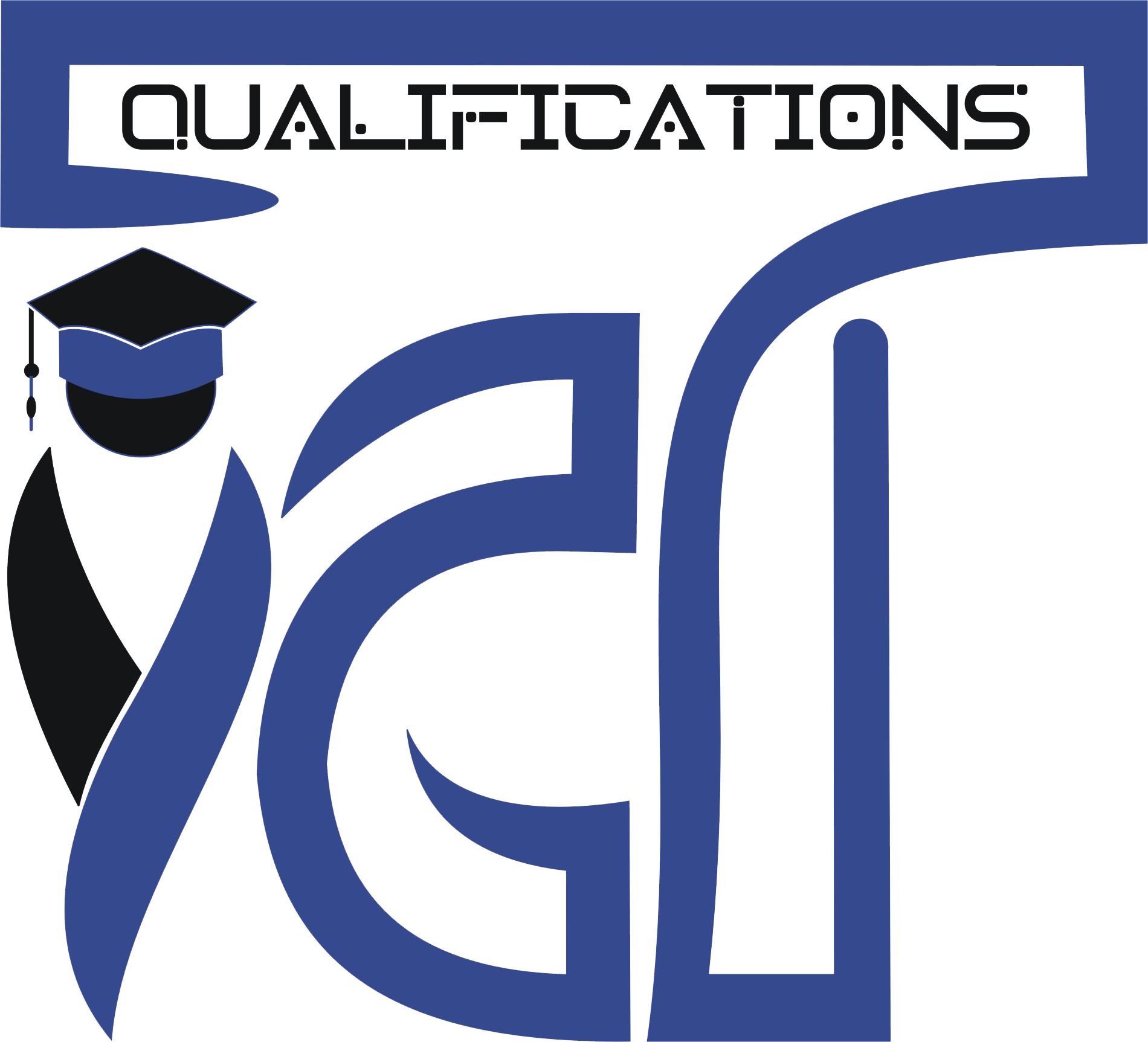
OSHAA 30-Hours Diploma in Bridge and Gantry Cranes (BGC)
Bridge and gantry cranes play a pivotal role in industries such as manufacturing, construction, shipping, and logistics, where the safe and efficient movement of heavy loads is essential. The OSHAA 30-Hours Diploma in Bridge and Gantry Cranes (BGC) is designed to provide professionals with in-depth knowledge and practical skills required to operate, inspect, maintain, and manage bridge and gantry crane systems in compliance with international safety standards.
OSHAA 30-Hours Diploma in Bridge and Gantry Cranes (BGC) covers the full scope of bridge and gantry crane operations, including types of cranes, load handling principles, mechanical systems, rigging techniques, and operational safety procedures. Participants will gain a thorough understanding of regulatory frameworks such as OSHA, ASME, and ISO standards, ensuring that all crane operations adhere to legal and industry best practices.
Learners will acquire practical, job-ready skills, including load chart interpretation, safe rigging and signaling procedures, maintenance and inspection techniques, and hazard identification. By combining theoretical knowledge with real-world case studies and hands-on applications, OSHAA 30-Hours Diploma in Bridge and Gantry Cranes (BGC) ensures participants are fully equipped to manage crane operations safely, efficiently, and effectively.
Graduates of OSHAA 30-Hours Diploma in Bridge and Gantry Cranes (BGC) will enhance their professional credentials, increase employability, and open doors to career opportunities in crane operation supervision, safety management, logistics, and industrial maintenance. Whether you are a crane operator, safety officer, engineer, or maintenance technician, this course provides the expertise needed to excel in high-risk, heavy-lifting environments.
Investing in the OSHAA 30-Hours Diploma in Bridge and Gantry Cranes (BGC) empowers professionals to achieve operational excellence, regulatory compliance, and industry-recognized competency, making it an essential step for career advancement in industrial and offshore sectors.
To ensure learners gain the maximum benefit from the OSHAA 30-Hours Diploma in Bridge and Gantry Cranes (BGC), applicants are expected to meet the following eligibility criteria:
- Minimum Age:
- Candidates must be at least 18 years old to enroll.
- This requirement ensures learners possess the maturity, focus, and responsibility necessary to safely engage in crane safety training, practical exercises, and operational simulations.
- Educational Background:
- A minimum of a high school diploma (Matriculation) or equivalent is required.
- Preference is given to candidates with technical or vocational education in mechanical engineering, industrial operations, construction, or related technical disciplines.
- A solid educational foundation equips learners with the understanding needed to grasp crane mechanics, operational procedures, and safety principles effectively.
- Relevant Work Experience:
- Prior experience in crane operation, rigging, lifting supervision, or industrial logistics is advantageous but not mandatory.
- The program is designed to accommodate both newcomers seeking structured professional training and experienced personnel looking to update and align their skills with current international standards.
- Practical exposure helps participants connect theoretical knowledge with real-world crane operation and workplace safety scenarios.
- Language Proficiency:
- Participants should demonstrate sufficient proficiency in English to read course materials, follow instructions, complete assessments, and communicate clearly during practical exercises.
- This ensures that all learners can accurately interpret technical documentation and participate fully in safety training sessions.
- Commitment to Health and Safety:
- Candidates must show a strong commitment to adhering to workplace safety protocols and regulatory compliance standards.
- This includes a willingness to internalize safe operational practices and apply them consistently in both training and professional settings.
- Access to Required Resources:
- Learners should have reliable access to classroom or online learning platforms, digital resources, and tools for completing assignments and participating in practical demonstrations.
- Ensuring access to the necessary resources supports uninterrupted learning and skill development.
- Continuous Professional Development (CPD) Readiness:
- Participants should be open to ongoing professional development, as this diploma forms the foundation for advanced certifications, supervisory roles, and leadership positions in crane operations and industrial lifting management.
- Lifelong learning ensures graduates remain current with evolving industry practices, regulations, and safety standards.
Meeting these entry requirements guarantees that learners are well-prepared to acquire practical expertise, operational knowledge, and recognized certification in the safe and efficient operation, management, and supervision of bridge and gantry cranes. Graduates will leave the program equipped to perform crane operations confidently, ensure compliance with international safety standards, and contribute effectively to industrial and construction projects.
Mandatory Units
The OSHAA 30-Hours Professional Diploma in Oil and Gas Safety Management consists of 6 units .
Mandatory Units
- Introduction to OSHAA Standards and Crane Safety Regulations (2 Hours)
- Overview of Bridge and Gantry Crane Types and Components (3 Hours)
- Load Capacity, Stability, and Equipment Selection (4 Hours)
- Pre-Operational Checks and Preventive Maintenance (6 Hours)
- Safe Operating Techniques for Bridge and Gantry Cranes (4 Hours)
- Mechanical, Electrical, and Structural Safety Systems (3 Hours)
- Hazard Identification and Site Risk Assessment (3 Hours)
- Signaling Systems and Team Coordination During Lifting (3 Hours)
- Emergency Situations and Incident Response Procedures (2 Hours)
This comprehensive module equips learners with the knowledge and practical skills needed to operate, manage, and supervise bridge and gantry cranes safely, efficiently, and in compliance with regulatory standards. The curriculum combines legal, technical, and operational instruction with hands-on application, ensuring participants are fully prepared for real-world industrial environments.
- OSHAA Regulations and Compliance Framework
- Understand the regulatory framework governing bridge and gantry crane operations, including national and international safety standards.
- Learn the legal responsibilities of crane operators, supervisors, and employers in industrial settings.
- Explore best practices for ensuring all crane operations comply with safety legislation and OSHAA regulations.
- Appreciate the role of regulatory compliance in minimizing accidents, protecting personnel, and optimizing operational efficiency.
- Overview of Bridge and Gantry Crane Types and Components (3 Hours)
- Study the different types of bridge and gantry cranes, including overhead, double-girder, and single-girder configurations.
- Examine mechanical and structural components such as hoists, trolleys, end trucks, girders, and support structures.
- Develop the ability to assess and select the most appropriate crane type for specific industrial applications.
- Understand operational capabilities, limitations, and safety considerations for each crane type.
- Load Capacity, Stability, and Equipment Selection (4 Hours)
- Calculate and interpret crane load capacities based on manufacturer specifications, environmental factors, and site conditions.
- Study the effects of load distribution, center of gravity, and ground stability on safe lifting operations.
- Learn how to select appropriate lifting accessories, including slings, shackles, and rigging hardware, to ensure safe material handling.
- Explore strategies to prevent load tipping, instability, or equipment failure during operations.
- Pre-Operational Checks and Preventive Maintenance (6 Hours)
- Perform thorough pre-operational inspections to identify mechanical, electrical, and structural issues.
- Develop preventive maintenance schedules to reduce downtime and ensure equipment reliability.
- Learn standardized procedures for detecting faults, documenting inspections, and maintaining operational readiness.
- Understand the importance of regular maintenance in prolonging crane lifespan and enhancing workplace safety.
- Safe Operating Techniques for Bridge and Gantry Cranes (4 Hours)
- Practice industry-recommended operating procedures for lifting, moving, and positioning loads safely.
- Master load management, obstacle avoidance, and situational awareness techniques.
- Learn strategies to minimize accidents and operational errors through careful planning and monitoring.
- Develop proficiency in safe maneuvering in varied industrial environments.
- Mechanical, Electrical, and Structural Safety Systems (3 Hours)
- Understand the functions of mechanical and electrical safety systems, including brakes, limit switches, control panels, and emergency stops.
- Explore structural integrity monitoring methods to ensure support systems remain safe under operational loads.
- Learn how to implement safety protocols that prevent mechanical failures, operational hazards, and accidents.
- Hazard Identification and Site Risk Assessment (3 Hours)
- Identify environmental and operational hazards specific to crane operations.
- Conduct structured risk assessments to evaluate potential threats and develop mitigation strategies.
- Apply proactive risk management practices to enhance workplace safety.
- Gain the skills to maintain safe working environments in diverse industrial settings.
- Signaling Systems and Team Coordination During Lifting (3 Hours)
- Study standardized hand signals, audible alarms, and radio communication protocols for crane operations.
- Learn to coordinate effectively with ground personnel, riggers, and other team members.
- Improve operational efficiency and safety through clear role definition and synchronized team actions.
- Enhance communication skills to prevent misunderstandings and operational delays during lifts.
- Emergency Situations and Incident Response Procedures (2 Hours)
- Develop the ability to respond quickly and safely to emergencies, including mechanical failures, load instability, or operational accidents.
- Learn emergency shutdown procedures, load recovery techniques, and incident reporting protocols.
- Participate in post-incident investigations to identify root causes and implement preventive measures.
- Understand strategies to minimize damage, protect personnel, and restore safe operations efficiently.
- Crane Operators and Technicians
- Professionals responsible for operating, maneuvering, or maintaining bridge and gantry cranes.
- Participants looking to enhance practical handling skills, improve safety awareness, and increase operational efficiency.
- Individuals seeking advanced knowledge of crane mechanics, pre-operational checks, and preventive maintenance procedures.
- Construction and Industrial Workers
- Personnel involved in lifting, rigging, and material handling activities across construction, manufacturing, or industrial sites.
- Learners aiming to comply fully with OSHAA safety standards while minimizing workplace hazards.
- Workers seeking to improve safe crane operation practices, reduce incident risks, and optimize on-site workflow.
- Safety Supervisors and Inspectors
- Professionals responsible for enforcing crane safety protocols, conducting risk assessments, and monitoring lifting operations.
- Participants wishing to develop a deeper understanding of regulatory compliance, incident prevention, and hazard mitigation.
- Individuals aiming to improve safety oversight and ensure consistent adherence to national and international standards.
- Engineering and Maintenance Personnel
- Technical staff involved in the design, inspection, repair, and maintenance of lifting systems.
- Learners seeking to strengthen knowledge of structural integrity, mechanical reliability, and operational safety.
- Professionals aiming to integrate best practices in maintenance planning, equipment inspection, and fault detection.
- Site Managers and Project Coordinators
- Individuals overseeing construction or industrial projects that involve crane operations.
- Learners seeking to integrate cranes safely into project workflows, coordinate lifting operations, and manage site logistics.
- Participants looking to enhance leadership skills in supervising lifting activities while ensuring compliance with safety regulations.
- New Entrants to the Lifting Industry
- Beginners or trainees seeking foundational knowledge of crane types, operational procedures, and safety protocols.
- Individuals aiming to gain practical, hands-on training and earn an industry-recognized certification.
- Participants looking to build a strong career foundation in crane operations, industrial lifting, and rigging.
- OSHAA Compliance and Training Officers
- Personnel responsible for implementing and monitoring workplace safety programs aligned with OSHAA regulations.
- Learners seeking to enhance staff training in crane operations and safety best practices.
- Professionals aiming to develop expertise in compliance audits, safety reporting, and hazard prevention strategies.
This course is ideal for:
- Anyone seeking to enhance expertise in crane safety and operational performance.
- Professionals aiming to reduce workplace accidents and improve risk management in lifting and material handling operations.
- Individuals across construction, industrial, and heavy equipment sectors who require internationally recognized training and certification in bridge and gantry crane operations.
Register Now
FAQs for OSHAA 30-Hours Diploma in Bridge and Gantry Cranes (BGC)






